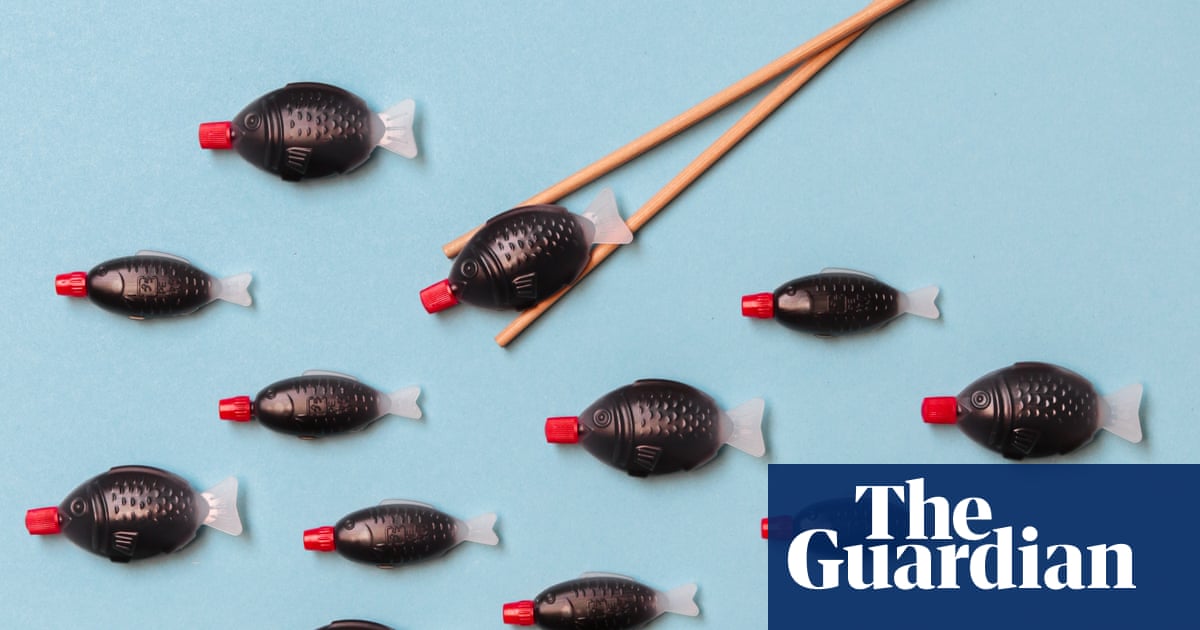The device known as shoyu-tai (or soy-sauce snapper in Japanese) was invented in 1954 by Teruo Watanabe, the founder of Osaka-based company Asahi Sogyo, according to a report from Japan’s Radio Kansai.
It was then common for glass and ceramic containers to be used but the advent of cheap industrial plastics allowed the creation of a small polyethylene container in the shape of a fish, officially named the “Lunch Charm”.
The invention quickly spread around Japan and eventually worldwide, and it is estimated that billions have been produced.



I’m definitely not a polymer expert, I also have my information from what I read as a hobbyist. My take is that while PLA will compost in commercial facilities, it will eventually biodegrade in a reasonable time frame, with minor impact to nature. Better than the alternatives, I guess.
How does it biodegrade though?
Just like disintegrate into tiny plastic molecules that we can no longer see but it’s still plastic? Or does it degrade as far as becoming the individual components that made up the plastic and can be recycled and used by things in nature?
Pla is poly lactic acid, so it breaks down into lactic acid and then further into water and CO2 with heat and bacteria exposure.
If it breaks down into tiny pieces its not biodegradable. The definition of biodegradable is that its chemically “processed by nature”.
BTW, biodegradable does not necessarily mean innocuous. A lot of “natural” elements and compounds are toxic. Something may be biodegraded, and leave mercury as one of the resulting elements, for example.
I don’t know. As I mentioned elsewhere I’m not a chemical engineer, but I imagine that being made from starches, it may be decomposed into digestible compounds. Just guessing here.